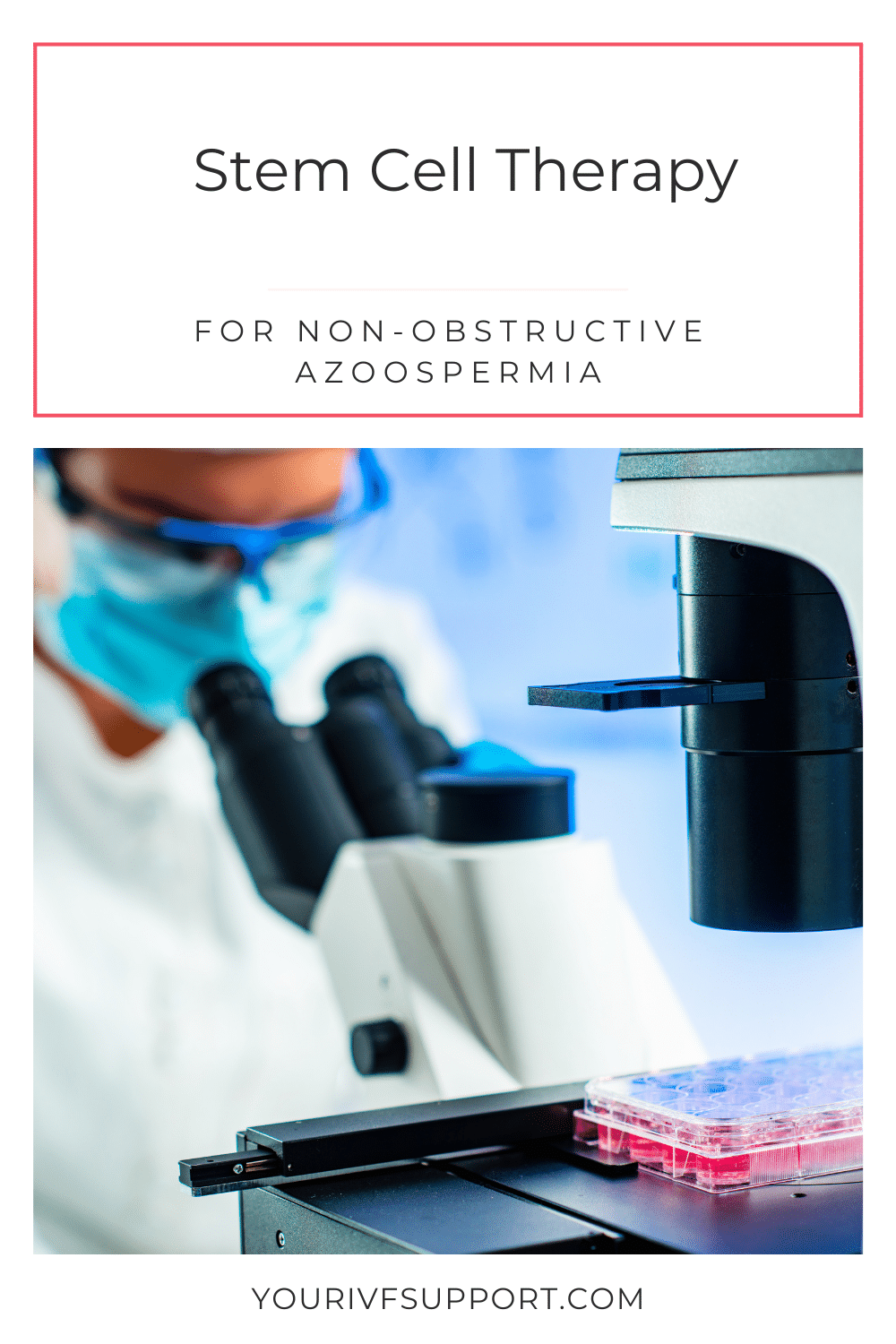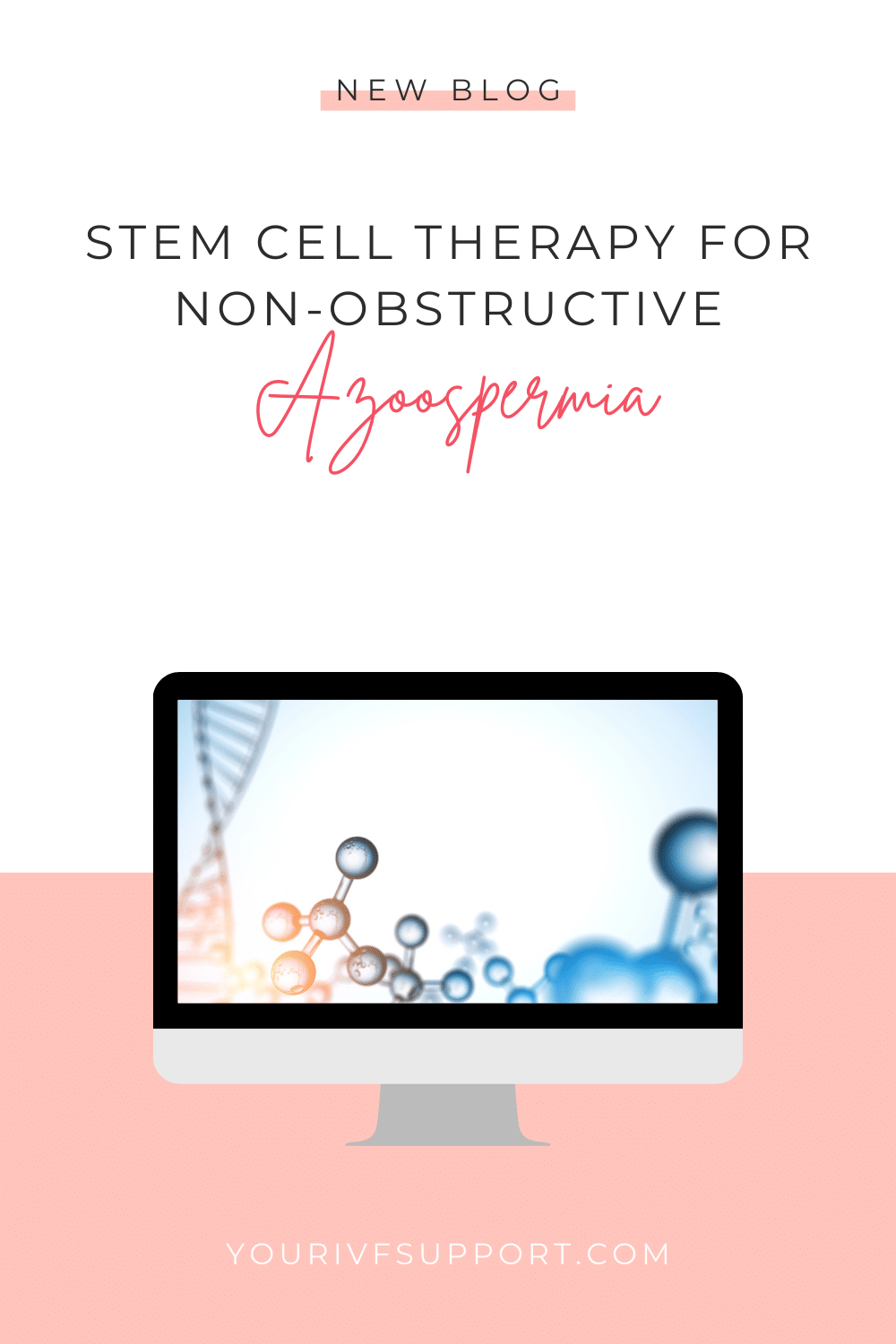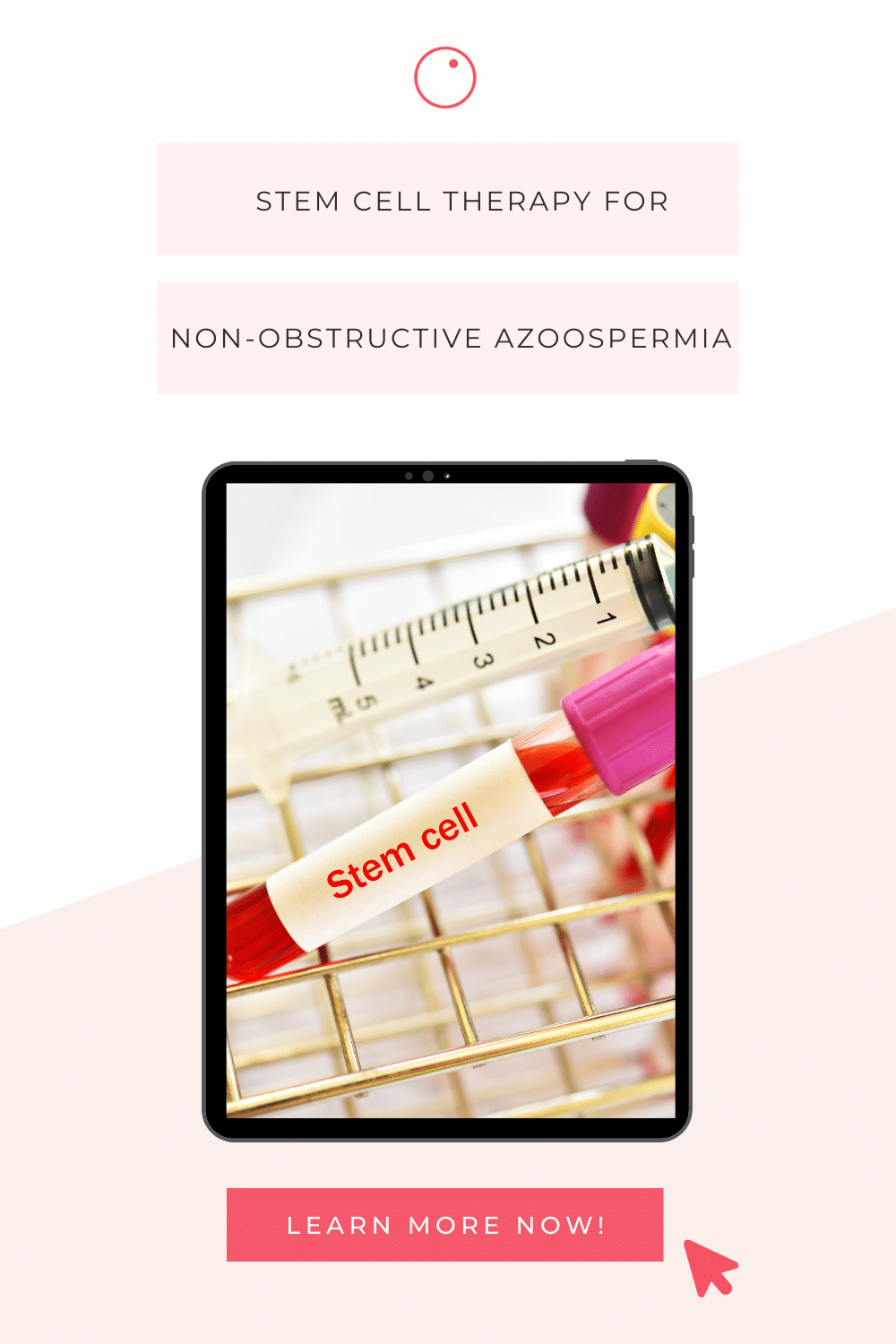About 15 percent of couples of fertile age are affected by involuntary childlessness. The cause can lie with both of them, but it can also come from only one person in the relationship. If the reason for infertility is due to the male factor, there can be many causes. So-called azoospermia is responsible for about one tenth of these cases.
What is azoospermia?
Azoospermia is the complete absence of sperm in an ejaculate sample. This finding is divided into two subcategories. Obstructive azoospermia is caused by a mechanical obstruction in the seminal ducts, which prevents the sperm from passing through the seminal ducts into the ejaculate. In this case, the sperm count produced is normal, but the cells cannot find their natural path and male infertility results.
The obstruction can be located in the testis, epididymis or the seminal ducts and can be caused by congenital malformations or, for example, by a previously experienced inflammation. Since surgical correction of obstructive azoospermia may be possible, this cause of male infertility should be evaluated at an early stage. This finding of obstructive azoospermia is desirable, for example, in men who have undergone sterilisation by vasectomy. If the procedure has been carried out successfully, the seminal fluid no longer contains any sperm and the cells that continue to be produced are broken down by the body.
In non-obstructive azoospermia (NOA), the defect lies in the correct production of sperm cells (spermatogenesis). In this case, sperm cells of reduced number and quality or even no sperm at all reach the ejaculate. The cause of non-obstructive azoospermia can be varied. It can be present in congenital syndromes such as Klinefelter syndrome. In this syndrome, an additional X chromosome is present in addition to the male XY chromosomes. This leads to a reduced blood level of the male sex hormone testosterone and consequently to a lack of sperm production. A lack of sperm production can also occur with an increased level of the metabolic hormone prolactin, which is normally necessary for breastfeeding in women.
In men, the neurotransmitter can be elevated for many reasons, such as a benign tumour in the pituitary gland, taking certain medications (certain psychotropic drugs) or hypothyroidism. Depending on the trigger of the NOA, the condition can be treated causally and fertility can be regained. Up to now, these patients could partly be helped in their desire to have children with IVF. By taking a sample from the testicular tissue, sperm of sufficient quality can sometimes be obtained for intracytoplasmic sperm injection (ICSI) as part of fertility treatment.
Involuntarily childless couples first go to a fertility centre where further diagnostics are carried out. In a first step, a diagnosis of azoospermia is made in a sample of the ejaculate. Next, the two subtypes obstructive and non-obstructive have to be distinguished from each other. It may also be possible to find an easily reversible cause. However, if no reversible cause can be found, further measures must be taken to achieve paternity. For a long time, affected couples had only the options of foreign sperm donation or adoption in fertility treatment. However, men with non-obstructive azoospermia are very suitable candidates for the innovative method of stem cell therapy. In some cases, this approach can even make it possible for those affected to conceive physiologically without fertility treatment.
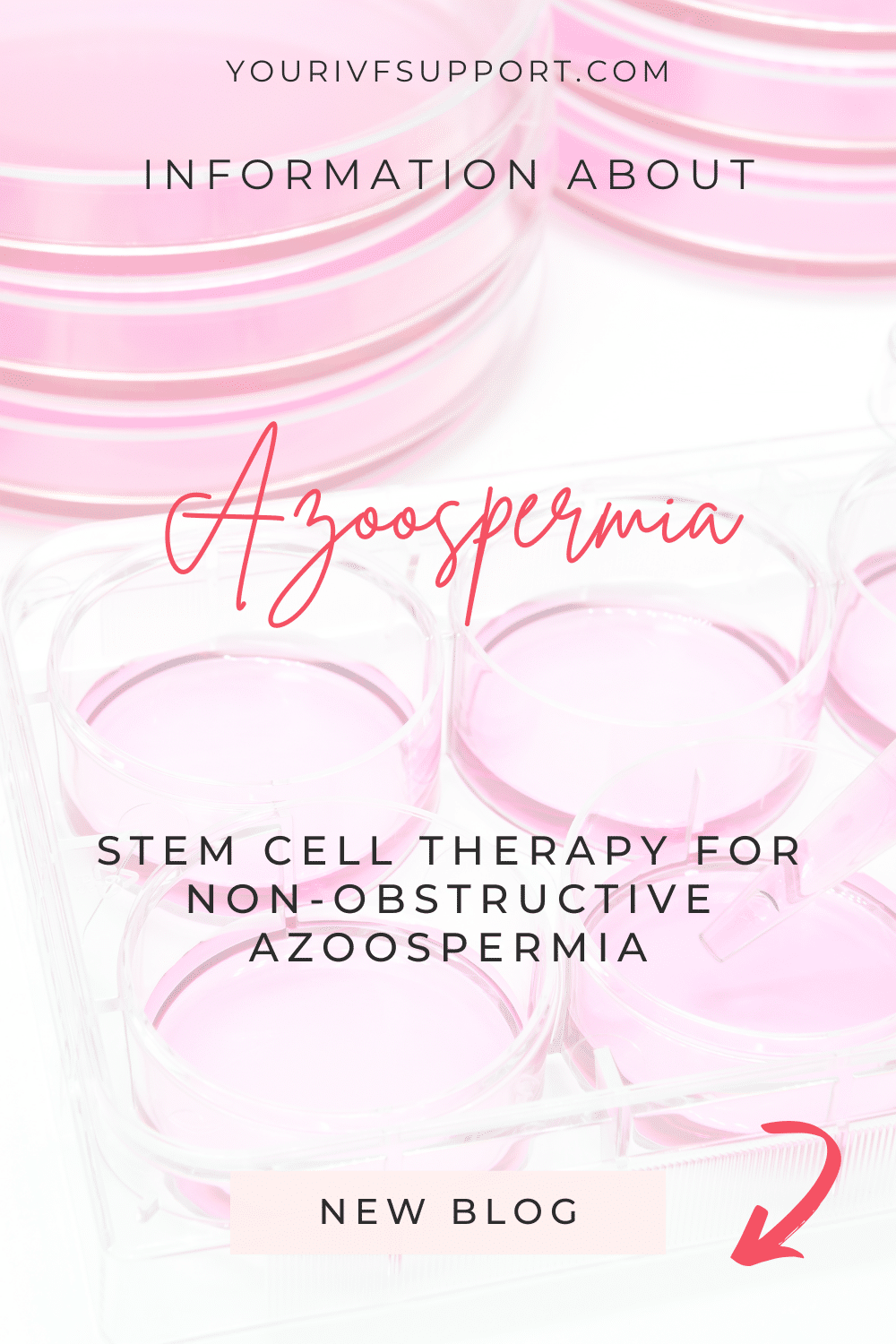
Stem cell therapy for non-obstructive azoospermia
A new scientific approach in reproductive medicine research is the use of stem cells to treat non-obstructive azoospermia. Stem cells are precursor cells that form the basis for the development of various tissues in the course of a person's development. A stem cell can differentiate into different daughter cells depending on the environmental conditions. Scientists call this "pluripotent", meaning the cells have "many abilities". Three ways of stem cell therapy have been described in previous studies.
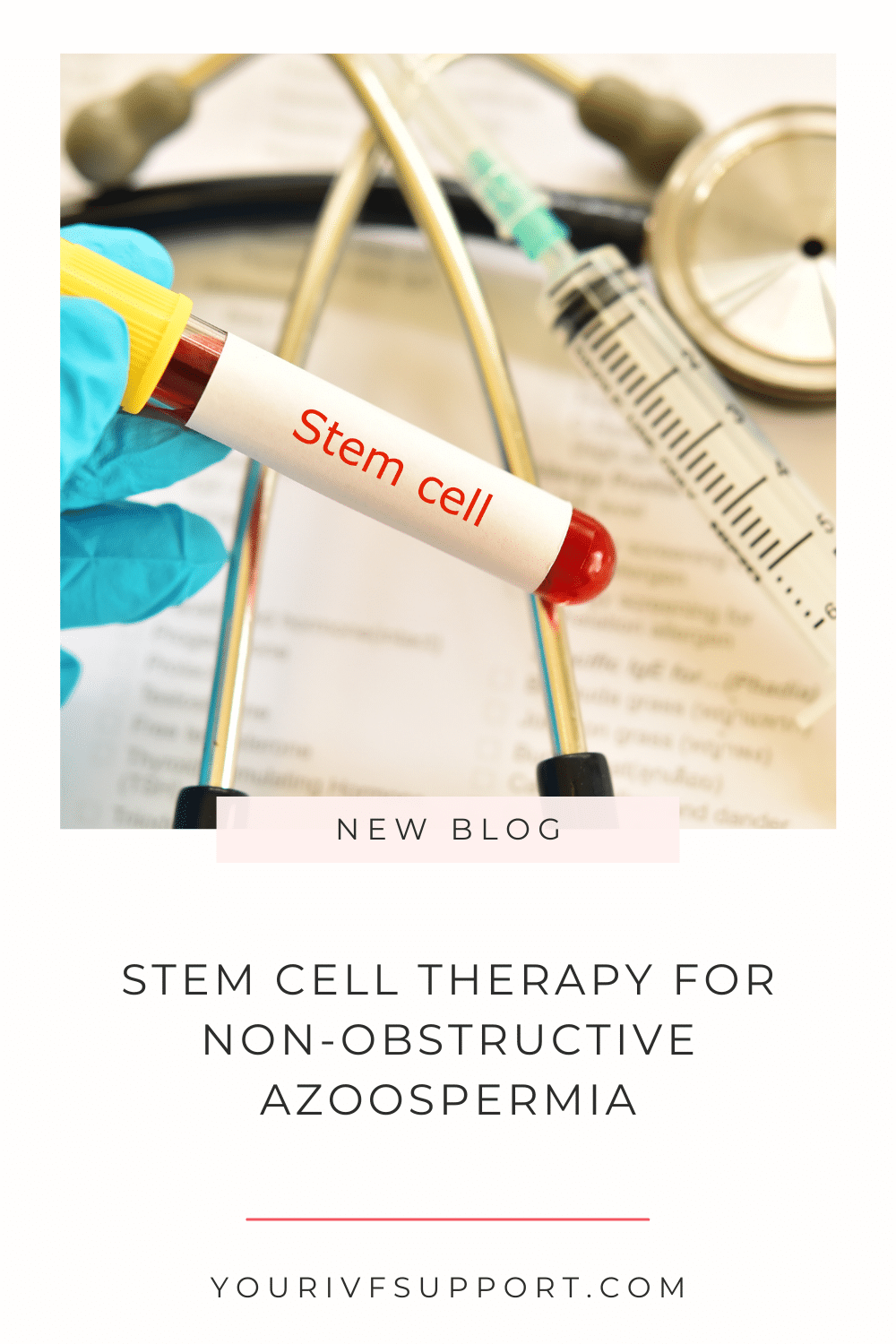
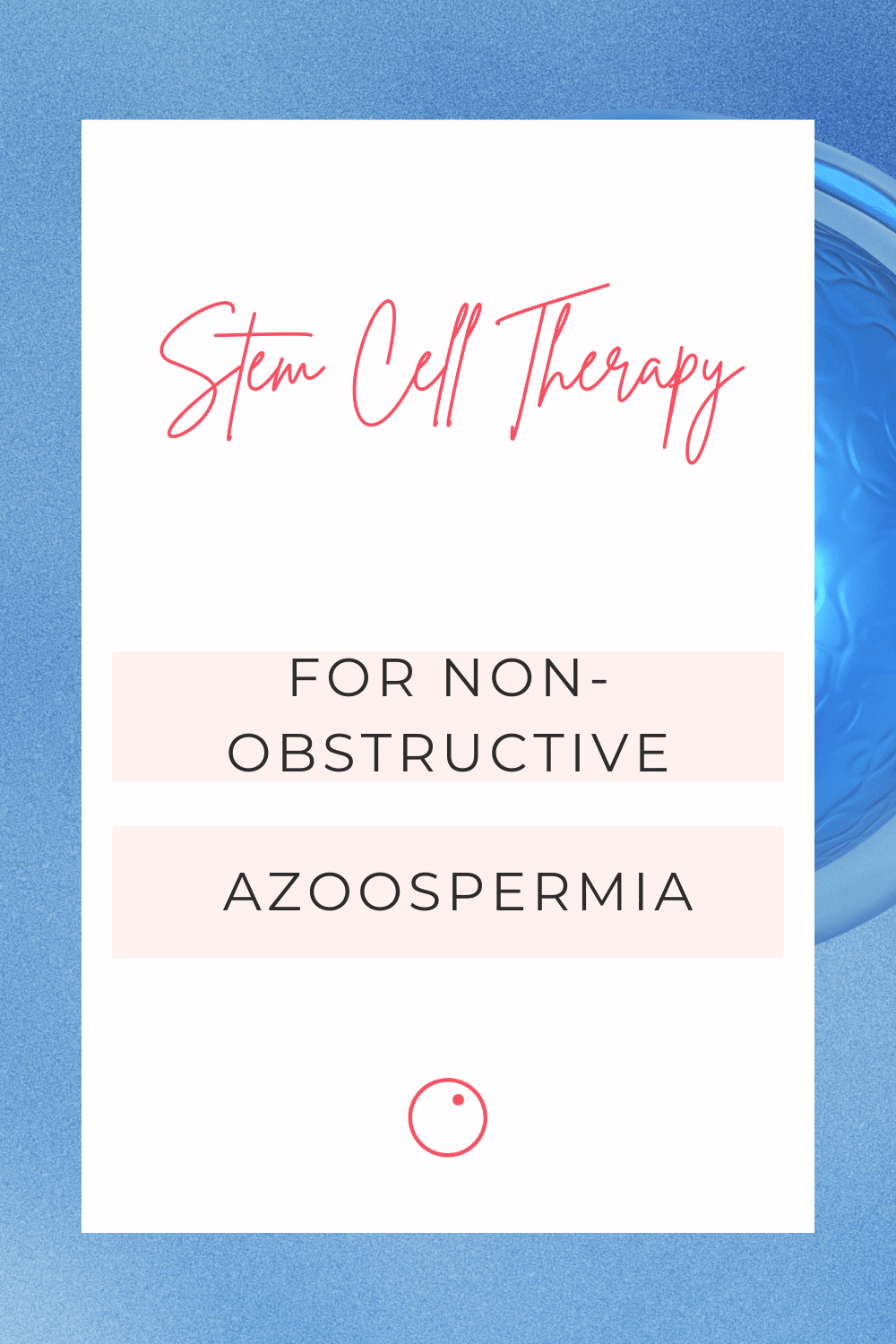
In vitro spermatogenesis with pluripotent stem cells
The concept of stem cell therapy for azoospermia is that new sperm can be made from the man's stem cells. In the laboratory, the stem cells are turned into sperm, which can then be implanted back into the testicle. The starting cells can be taken from the patient's skin or fatty tissue, for example. From the fatty tissue, the stem cells can be obtained by liposuction from the patient's abdominal region. After a few cultivation steps in the laboratory, the former stem cells, which have now differentiated into precursor sperm cells, can be injected into the testicular tissue where they are to begin producing mature sperm cells.
To further improve the result, platelet-rich plasma can be injected together with the sperm, which contains helpful messenger substances for the growth of the sperm cells. As a rule, the procedure can be performed on an outpatient basis and the patient can be discharged home after a few hours. After about 75 days, a success check is carried out. These three months are needed to restore the body's own sperm production. During the course of the procedure, samples of the ejaculate are repeatedly taken and examined under the microscope. Depending on the results, the patient can then become a father naturally or sperm can be collected at the fertility clinic and used for IVF treatment.
"The rule for social freezing is: the sooner the better."
Transplantation of SSCs
SSCs (spermatogonial stem cells) are precursor cells of the sperm, which are located in the testis. They carry out constant cell divisions and thus produce the mature sperm cells. Previous animal experiments have yielded promising results when the SSCs were removed and cultivated for reproductive treatment and reimplanted into the testis.
This method is not yet established in clinical practice for humans, but it could be an option in the future. This method could be particularly advantageous for patients who, for example, have to undergo a therapy with fertility damage due to cancer.
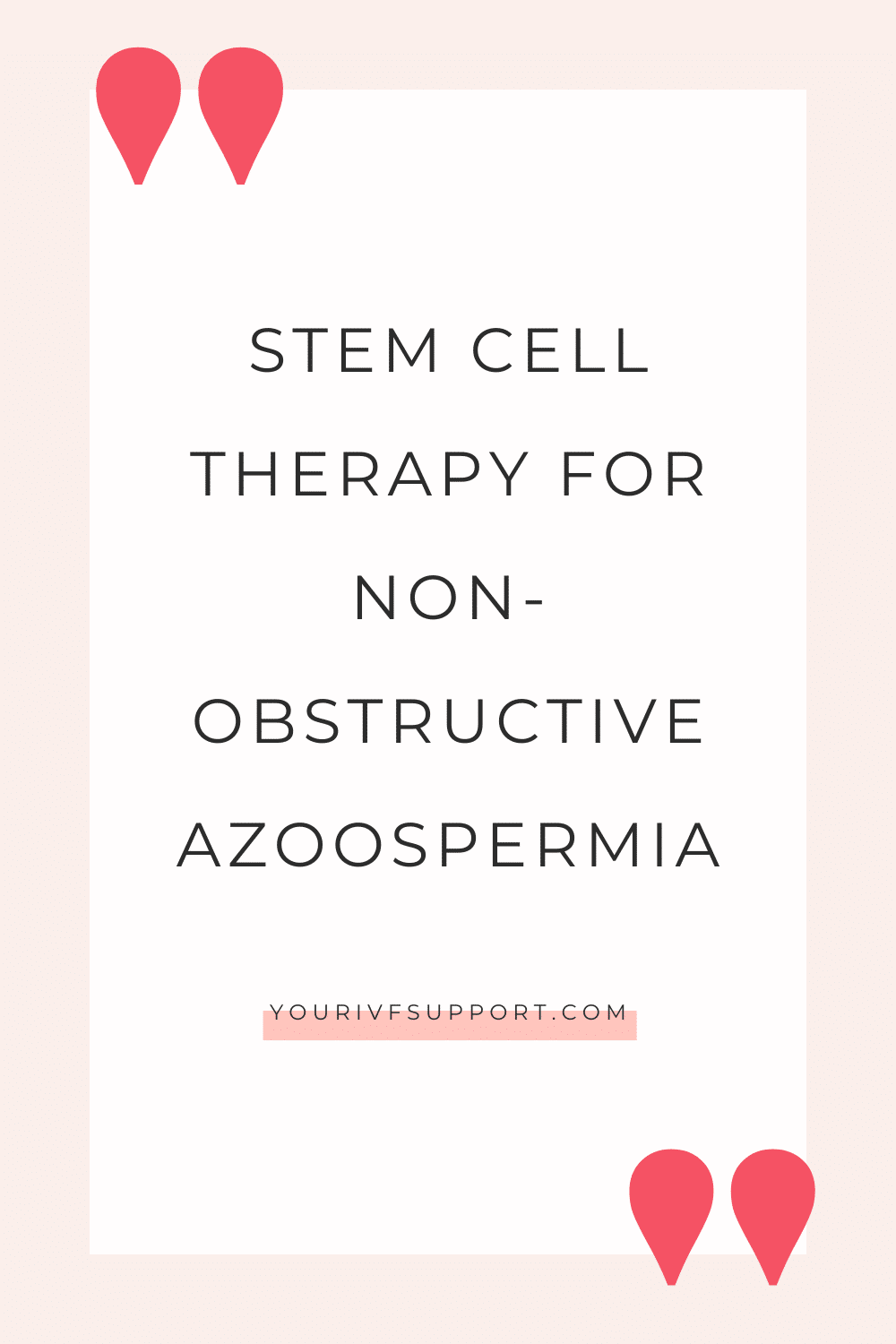
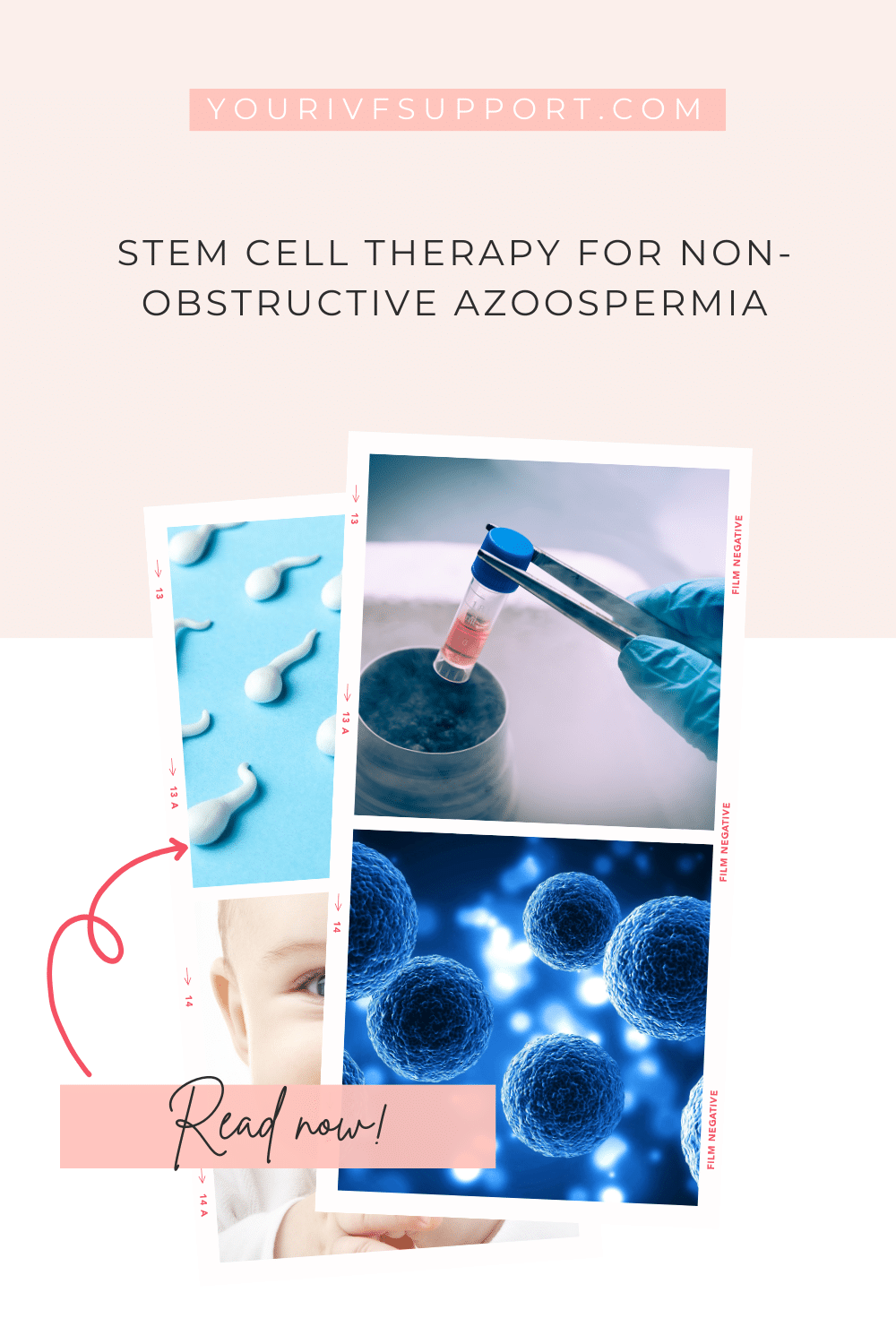
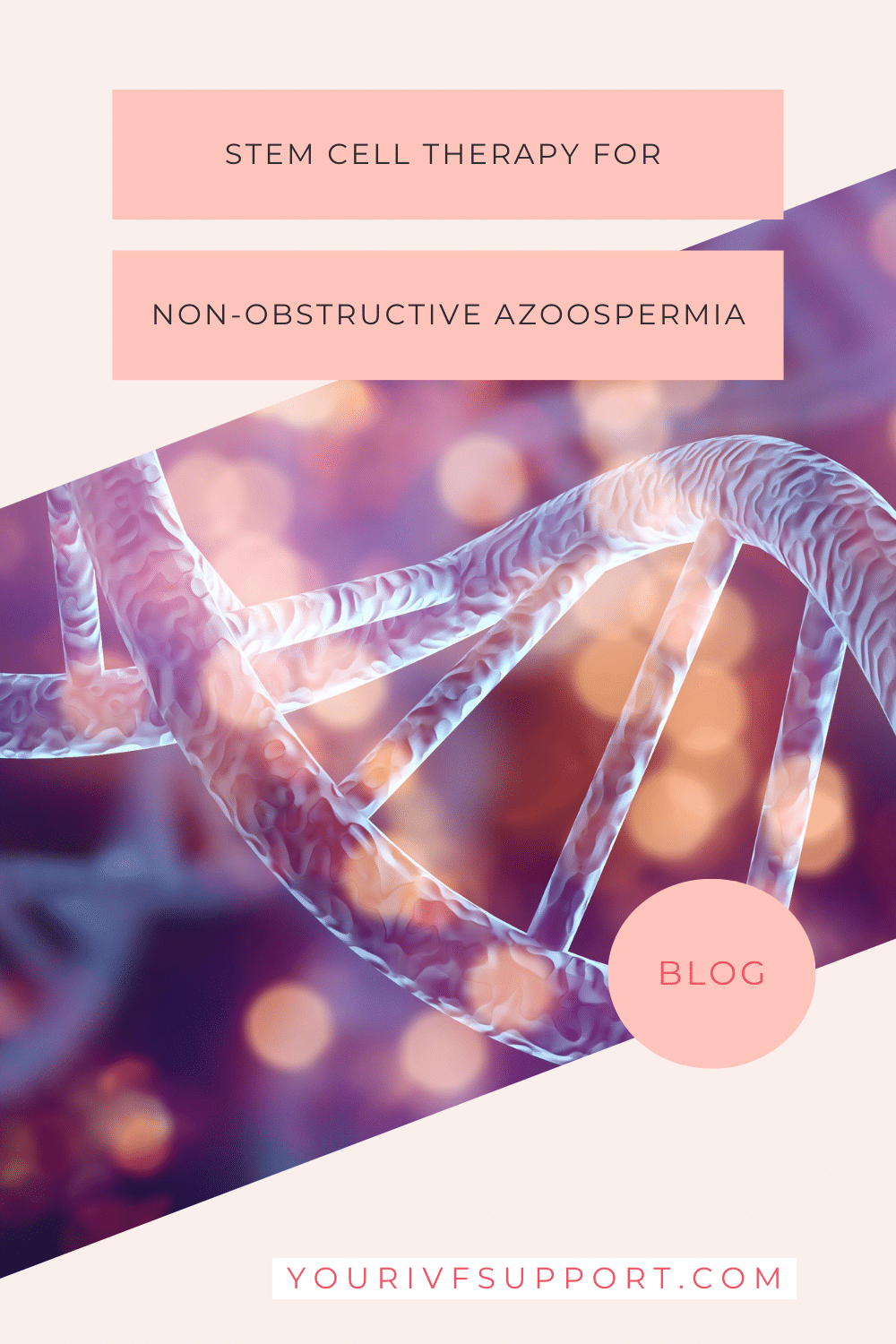
Gene therapy
For patients with defects in the gamete pathway, the future could bring the possibility of gene therapy. For this, the SSCs would have to be removed and genetically modified to correct the defect that causes azoospermia. However, this method has so far only been tested in animal experiments and further development is limited by the laws in many countries that restrict gene therapy in humans. For selected patients, however, the treatment could be adapted and tested in the future after the identification of specific genetic defects.
While many studies, though many initially in animals, have yielded promising results on the use of stem cells in non-obstructive azoospermia, the need for research remains great. Since the medical use of stem cells has some limitations, both biologically and legally, the method needs to be highly standardised and researched in large collectives before routine use in humans.
Depending on the legal situation in the respective country, individual treatment attempts with this therapy method can be evaluated with the fertility centre. In some countries, clinical trials with stem cells in reproductive medicine are already underway, the results of which can provide further valuable information. Constant innovations in fertility treatment give reason to hope that patients with non-obstructive azoospermia will soon be able to routinely conceive biological offspring.
Sources
https://www.tandfonline.com/doi/full/10.1080/14712598.2018.1380622
https://www.northcyprusivf.com/treatments/stem-cell-therapy-for-azoospermia/
https://de.wikipedia.org/wiki/Azoospermie
https://stemcellres.biomedcentral.com/articles/10.1186/s13287-021-02295-9
